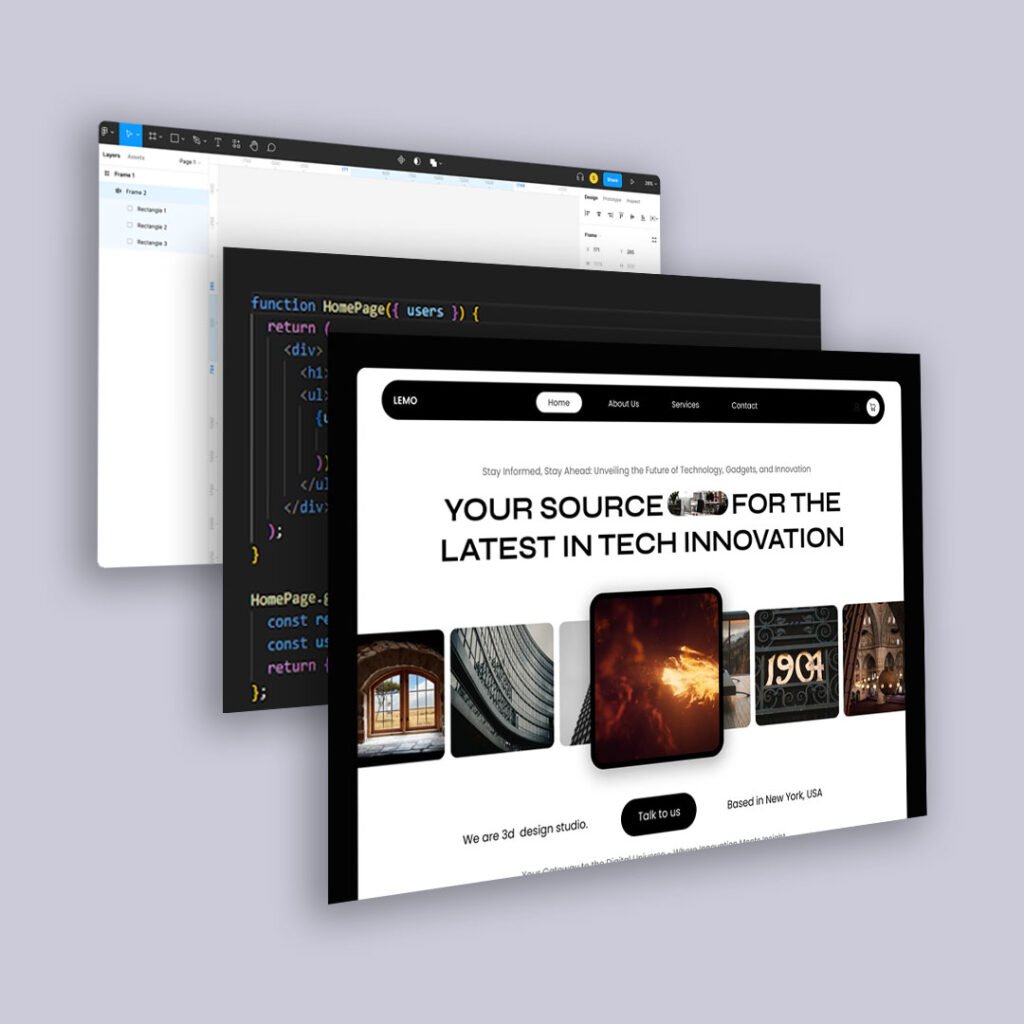The Problem with Metrics-First Thinking
In nearly every marketing meeting today, someone will ask for the data. How did it perform? What’s the click-through rate? Where did people drop off? And those are fair questions—good ones, even. The issue isn’t the desire to measure. It’s what happens when measurement becomes the goal instead of the guide.
When you treat metrics as the strategy itself, you risk optimizing for what’s easy to track, not what’s meaningful to your audience. Instead of bold ideas or long-term brand building, you end up chasing short-term wins. The result is often watered-down messaging, fragmented content, and campaigns that blend into the noise.
Related: If you’ve ever wondered whether not measuring enough is the real problem, I explored the other side of this discussion in Marketing Without Metrics: Why Good Ideas Aren’t Enough Anymore. Together, these two perspectives show why balance—not extremes—is where smart strategy lives.
Not Everything Worth Doing Can Be Measured
Some of the most effective brand-building efforts don’t show up in dashboards—at least not right away. Trust, resonance, emotional impact, and cultural relevance aren’t always quantifiable on a per-post basis. But these are the very things that separate forgettable content from brand-defining work.
When marketers shy away from initiatives that don’t promise immediate, measurable ROI, they start shrinking their own creative sandbox. The space to experiment, to tell stories, to connect deeply with real people—that starts to disappear.
More Data, Less Clarity
Paradoxically, the more metrics you track, the harder it becomes to know what’s actually working. Teams spend hours parsing through micro-signals: heatmaps, time on page, A/B test variances, bounce rates by device. It can be useful—but it can also be overwhelming. And when every small data point becomes a lever, decision-making slows down and confidence drops.
Data is meant to inform, not paralyze. If your team is caught in an endless cycle of performance reviews with no time left to produce real work, you’re likely measuring too much—or measuring the wrong things.
Re-centering on Strategy and Purpose
The best creative strategies start with a clear purpose. What do you want to be known for? Who are you trying to reach? What change are you hoping to create in how they think, feel, or act?
When those questions lead, metrics become a tool rather than a trap. They help validate decisions, test ideas, and strengthen future campaigns—but they don’t dictate your entire approach. A creative idea grounded in strategy can—and should—be tracked. But it should never be shaped only by what can be easily counted.
Let Data Serve the Work, Not Replace It
Metrics can tell you what happened. They can even tell you what might happen next. But they can’t tell you what should happen. That requires judgment, creativity, and a strong understanding of your audience.
If your content feels increasingly lifeless or indistinct, it may not be a strategy problem—it may be a measurement one. Reclaiming space for bold ideas means giving your team permission to create beyond the bounds of what’s immediately trackable.
You can measure what matters, but not everything that matters will show up in a spreadsheet. And that’s okay.





